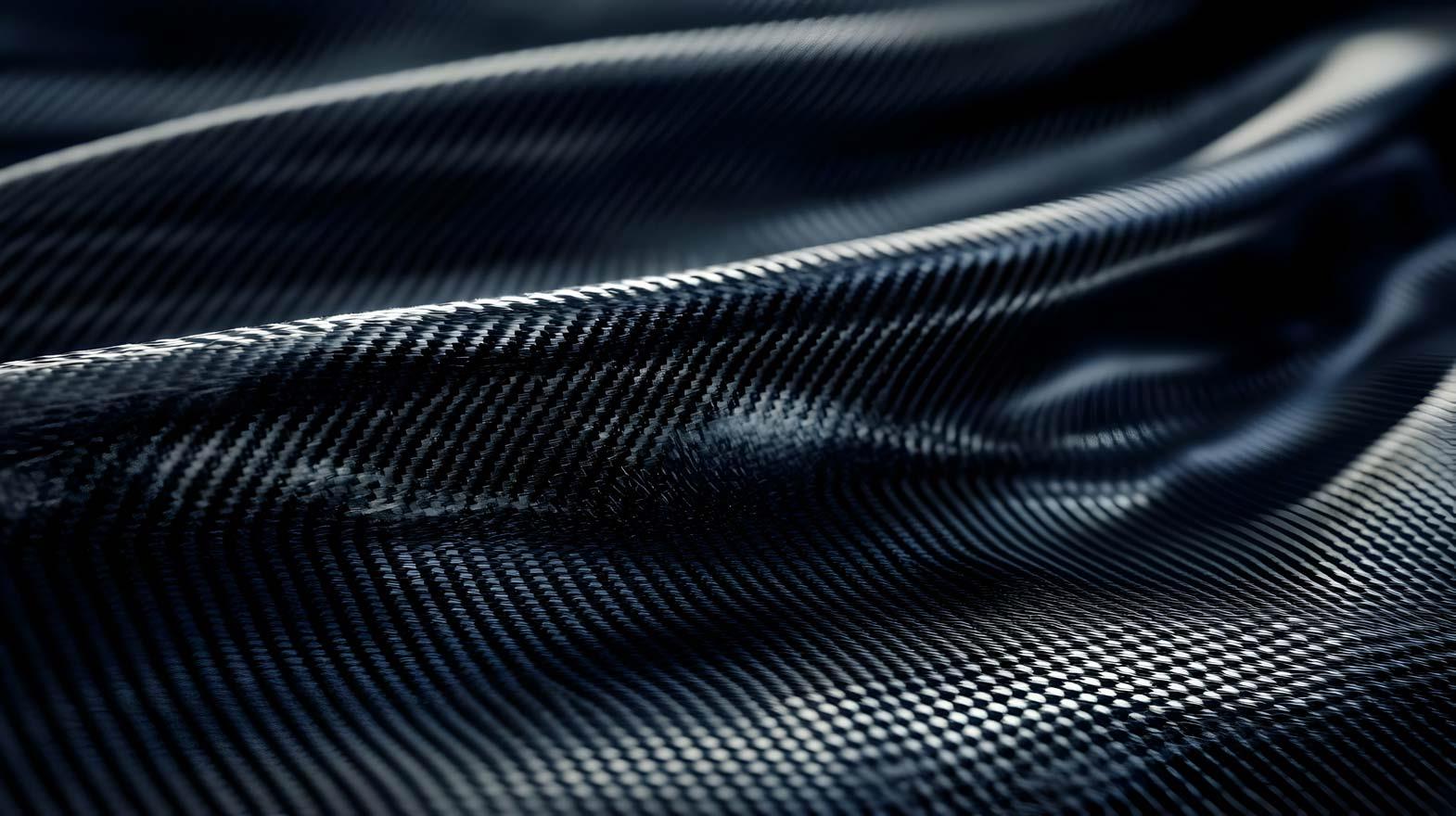1.Introduction
The first composite material known was made with clay and straw to build walls in Egypt 3,000 years ago. The success story of Genghis Khan is related with a composite bow.Genghis Khan began the Mongol invasions but it was the powerful composite bow which carried their civilization out of the steppe. The main advantage of composite bows over self bows (made from a single piece of wood) is their combination of smaller size with high power. Natural fibres have been using as a reinforcement material for composite till date. But after invention of glass fibre in 1938, glass fibre occupied a large amount of reinforcement material over natural fibre.
Later on, natural fibre lost much of its popularity. Other materials which were more durable like metals were introduced. The rise of composite materials began when glass fibre in combination with tough rigid resin could be produced on large scale during the sixties. During the last several decades there has been a renewed interest in the natural fibre as a substitute for glass, inspired by potential benefits of lower raw material price, weight saving, and thermal recycling or the ecological advantages of using resources which are renewable.








Comments